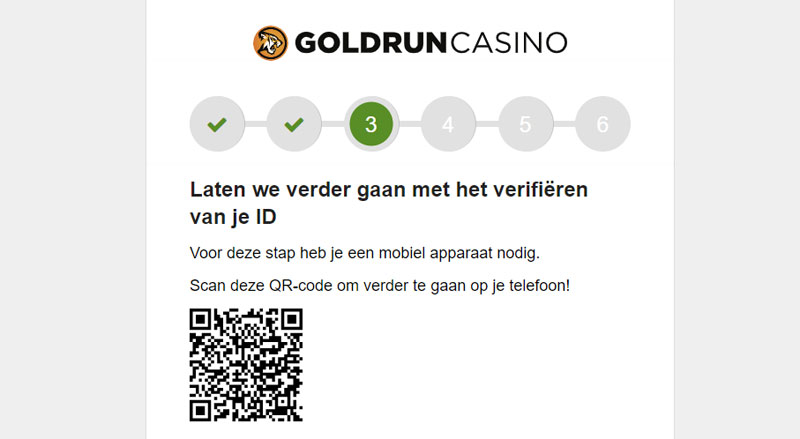
In the world of digital communication, email verification plays a crucial role in ensuring that your outreach efforts are effective and efficient. Many businesses rely on email marketing to connect with their audience, promote products, and drive sales. However, sending emails to invalid or fake addresses can lead to wasted resources, low engagement, and damage to your sender reputation. Therefore, understanding the importance of email verification is essential for maximising your outreach.
Understanding Email Verification
Email verification is the process of confirming that an email address is valid and reachable. This process typically involves checking the syntax of the email address, verifying the domain, and conducting an SMTP check to see if the email address exists on the server. By implementing email verification, you can reduce the number of bounce-backs, improve your email delivery rates, and maintain a healthy email list.
The Impact of Invalid Emails
Sending emails to invalid addresses can have several negative consequences for your marketing campaigns:
- Wasted Resources: When you send emails to non-existent addresses, you waste your time and money on campaigns that will not reach anyone. This inefficiency can significantly impact your return on investment (ROI).
- Low Engagement Rates: If your emails consistently bounce back or go unopened, it affects your overall engagement rates. Low engagement can lead to decreased visibility in inboxes and a damaged reputation with email service providers (ESPs).
- Damage to Sender Reputation: Email service providers monitor sender reputation closely. If you frequently send emails to invalid addresses, your sender score can drop, resulting in your emails being marked as spam. This can severely hinder your future outreach efforts.
Benefits of Email Verification
Utilising email verification offers numerous benefits that can significantly enhance your email marketing strategy:
- Improved Delivery Rates: By ensuring that your email list consists of valid addresses, you can increase your delivery rates. This means more of your emails will reach the intended recipients, improving your chances of conversion.
- Increased Engagement: Valid emails lead to higher open and click-through rates. When your audience receives relevant emails, they are more likely to engage with your content, which can drive sales and foster customer loyalty.
- Cost Efficiency: By removing invalid addresses from your email list, you can save on costs associated with email marketing campaigns. This allows you to allocate your budget more effectively towards reaching genuine customers.
The Role of Trap Detection
Trap detection is another essential aspect of maintaining a clean email list. Email traps are addresses created specifically to catch spammers and invalid senders. These addresses do not belong to real users and can severely damage your sender reputation if you inadvertently send emails to them.
Types of Email Traps
There are generally three types of email traps:
- Pure Traps: These are inactive addresses that have never belonged to a real user. They are created solely to identify spammers.
- Recycled Traps: These are former active email addresses that have been abandoned. After a period of inactivity, they are repurposed as traps by ESPs to catch senders who do not maintain their lists.
- Spam Traps: These addresses have been reported as spam by users. If you send emails to these addresses, it signals to ESPs that you may be engaging in poor list management practices.
How to Implement Email Verification and Trap Detection
To effectively implement email verification and trap detection, consider the following steps:
- Choose the Right Verification Service: Select a reliable email verification service that offers comprehensive checks, including syntax validation, domain verification, and SMTP checks. This will ensure that your email list is as clean and accurate as possible.
- Regularly Clean Your Email List: Make it a habit to clean your email list regularly. This can be done monthly or quarterly, depending on the size of your list and the frequency of your campaigns.
- Monitor Engagement Rates: Keep an eye on your email engagement metrics. If you notice a drop in open or click-through rates, it may be time to reassess your email list and remove invalid or inactive addresses.
- Use an Email Verification API: Integrating an email verification API into your application architecture can automate the verification process. This allows you to validate email addresses in real-time as users sign up or interact with your services, ensuring your list remains clean and up-to-date.
Conclusion
In conclusion, the importance of email verification and trap detection cannot be overstated. They are vital components of a successful email marketing strategy. By ensuring that your email list consists of valid addresses and proactively detecting traps, you can enhance your outreach efforts, improve your sender reputation, and achieve better engagement rates. Adopting these practices will not only save resources but also create a more efficient communication channel with your audience. To ensure the success of your email campaigns, consider integrating an email verification API into your systems to streamline the verification process and maintain a high-quality email list.






